LMUR missile in operation and on display
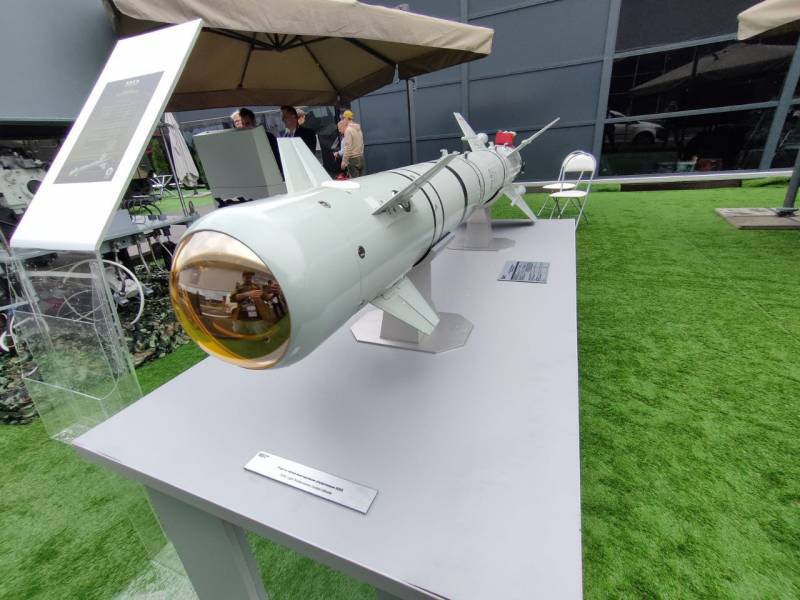
Product LMUR on the forum "Army". Photo "Rostec"
In service with the Russian army aviation consists of a "light multi-purpose guided missile" LMUR or "Product 305". This weapon is actively used in the area of the Special Operation and shows good results. Serial missiles "305" regularly confirm their performance and demonstrate the ability to hit a variety of targets.
Rocket in Special Operations
The first information about the use of LMUR products by the army aviation participating in the Special Operation appeared in mid-June 2022. Soon this information was confirmed, and then reports of the use of LMUR missiles became regular. In addition, all of them were accompanied by the publication of video recordings of the use of weapons.
High tactical and technical characteristics for its class and ample opportunities influenced the intensity of the use of LMUR. Army aviation is quite actively using these missiles, and they have actually become one of the main weapons of the Ka-52 and Mi-28 attack helicopters. In this case, an appropriate level of combat effectiveness is achieved and significant damage is inflicted on the enemy.
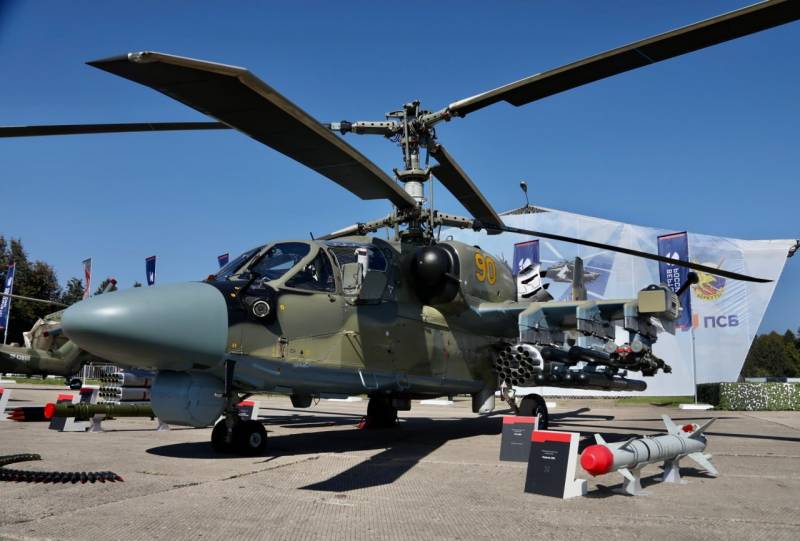
Helicopter Ka-52M and missile "305" on "Army-2023". Photo by the Ministry of Defense of the Russian Federation
According to the well-known resource Lost Armor, from June to December last year, our helicopters used at least 70 305 missiles. In this case, we are talking only about known episodes, confirmed by the open publication of video materials. Obviously, not all videos from homing heads or helicopter optics have become public knowledge, and the actual consumption of LMUR missiles can be many times higher - as well as the number of targets hit.
A similar situation has persisted this year. On specialized resources, a significant amount of materials has been published on the launches of "Products 305", demonstrating the effectiveness of missiles. At the same time, it cannot again be argued that these are all launches carried out in the zone of the Special Operation. It can be assumed that by now aviation has used at least several hundred LMURs, and all or almost all of them hit their intended targets.
Well-known videos show that 305 missiles are capable of confidently hitting a variety of targets. They were used against automotive and military equipment, incl. armored, standing or moving. Also, LMUR hit various buildings and destroyed militants hiding there, ammunition storage sites, etc. At the same time, high accuracy was demonstrated. In particular, there are cases when a rocket flew into the window of a building.
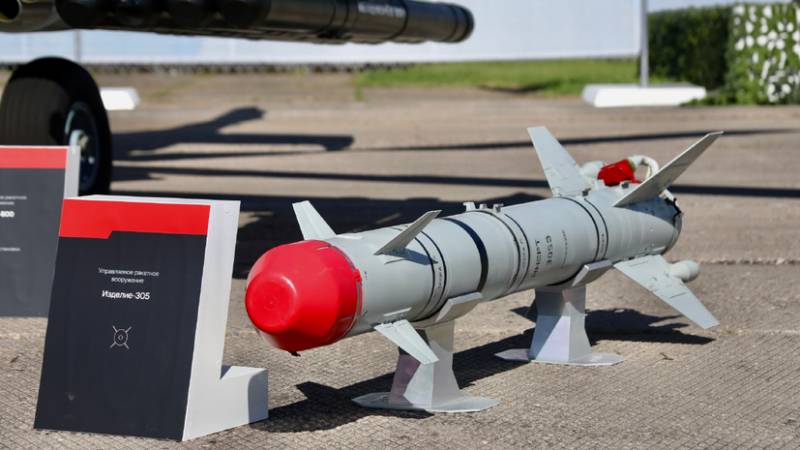
Rocket with seeker protection. Photo by the Ministry of Defense of the Russian Federation
Obviously, our army aviation will not refuse such a successful and convenient tool. The LMUR missile will continue to be used to hit certain targets. In this case, other weapons will be used. This will make it possible to compile an ammunition load that most fully corresponds to the goals and objectives of each sortie.
Product at exhibitions
According to known data, the future "Product 305" was created in the first half of the tenth years by the Kolomna Design Bureau of Mechanical Engineering (holding "High-precision complexes" / state corporation "Rostec"). In 2016, the missile was adopted by the FSB aviation, after which similar measures began in the interests of the aerospace forces. The necessary tests, fine-tuning and paperwork took several years, and in 2019 the LMUR was adopted by military aviation. According to some sources, the Ministry of Defense assigned the X-39 index and the code "Prefix" to the missile.
The first open display of the 305 rocket took place at the Army-2021 forum. Since then, the product has been repeatedly demonstrated at new exhibitions. The recent "Army-2023" was no exception. This time, LMUR attracted increased attention from the public and specialists - the successes of real combat use affected. It is curious that the rocket was shown together with the upgraded Ka-52M attack helicopter. In the near future, such machines will become one of the main carriers of the "Product 305".
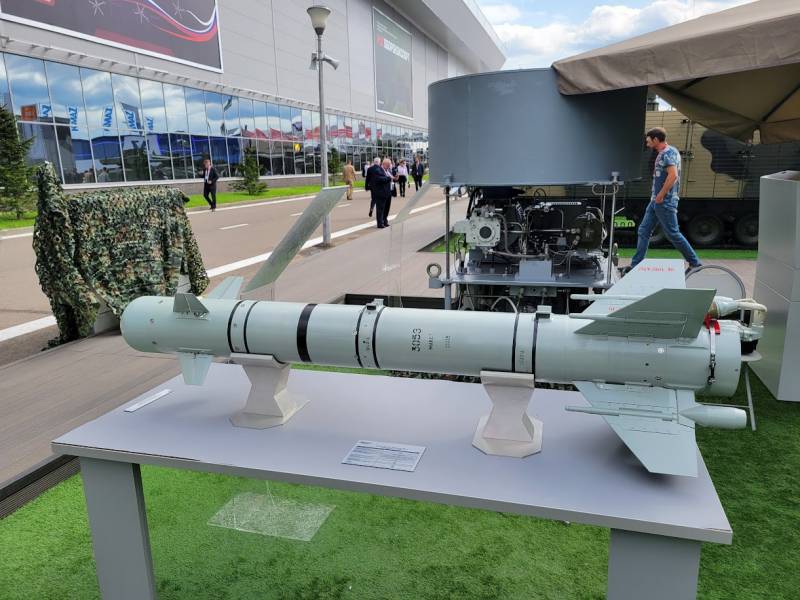
Side view, you can consider the design of the planes. Photo Telegram / MilitaryRussia
As TASS writes, the High-Precision Complexes holding notes that the operators speak of the LMUR product extremely positively. This is facilitated by a successful combination of tactical and technical characteristics and combat capabilities.
First of all, the manufacturing organization pays attention to the range indicators. A combat helicopter can launch the "Product 305", while remaining at a safe distance from enemy air defense systems. This opportunity is being used right now: the Ukrainian formations in the combat zone do not have air defense systems that can interfere with the effective use of LMUR.
Technical features
LMUR / "Product 305" / X-39 is a short-range air-to-surface guided missile designed to destroy a variety of ground targets, stationary and moving. The missile differs from other products of its class by a special combination of basic technical and combat characteristics, which determines its capabilities and potential.
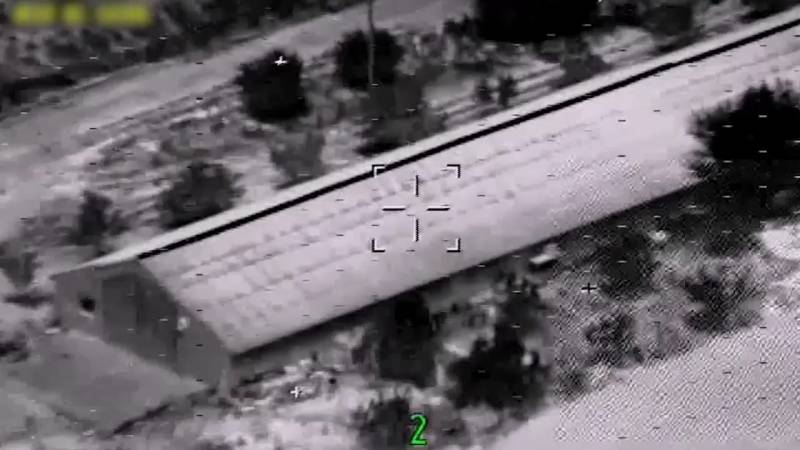
Launch on the ground structure of the enemy, filming the missile seeker. Photo Lostarmour.info
The LMUR product is built in a cylindrical body less than 2 m long and 200 mm in diameter. Outside, there are two X-shaped sets of planes - stabilizers and rudders. Starting weight - 105 kg, of which 25 kg falls on a high-explosive fragmentation warhead. A solid propellant rocket engine is used, which gives a high subsonic flight speed - about 230 m / s. Launch range - 14,5 km.
The missile is equipped with an optical homing head, an autopilot and a two-way communication system with the carrier. It is reported that there are two modes of operation. At the first, the search and acquisition of the target is carried out before the reset; after separation, the rocket operates according to the "launch-forget" scheme. The second mode provides for an independent flight of the missile to a given area, after which the operator finds the target and takes it for escort. Guidance is carried out automatically.
The carriers of "305" at the moment are attack helicopters Mi-28N and Ka-52, including machines of the latest modifications. In addition, transport and combat versions of the Mi-8 helicopter can carry and use such weapons. Such carriers, according to various sources, are used in the aviation of the FSB.
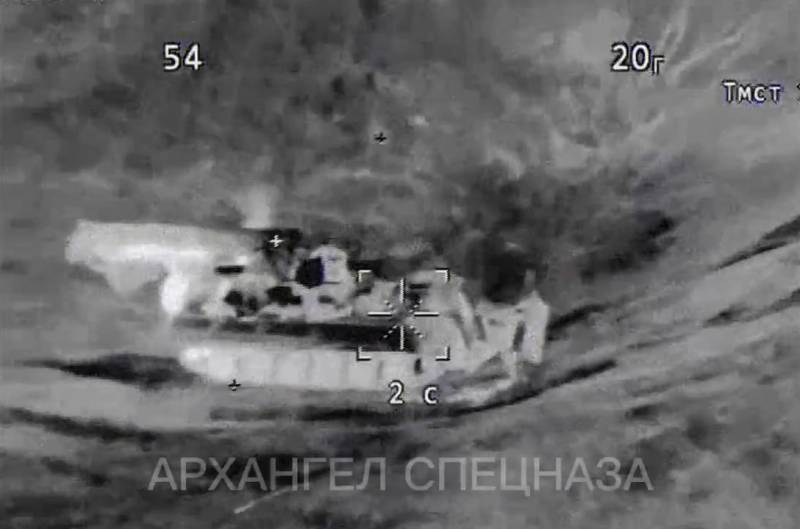
Rocket "305" is approaching the armored vehicle of the enemy. Telegram photo / "Spetsnaz Archangel"
Apparently, in order to use the "Product 305", the sighting and navigation system of the helicopter needs to be updated and the appropriate software modules installed. Due to this, the helicopter gets the opportunity to transmit target designation to the missile instruments from its detection tools.
In general, the LMUR rocket has several main advantages. It is quite simple and relatively cheap, but has high performance characteristics for its class. In particular, the flight range is fully consistent with the capabilities of detection equipment on a helicopter, and also exceeds the characteristics of common military air defense systems of a potential enemy. The 25-kg warhead, as practice has shown, copes with a variety of purposes.
Proven effectiveness
Thus, the Russian army aviation has been actively using the LMUR / "305" light multi-purpose guided missile since last summer and is getting a number of important results. First of all, such weapons destroy the equipment and objects of the enemy, contributing to the general processes of its demilitarization. In addition, helicopter crews and technical staff are gaining experience in operating a modern rocket. Application experience should also influence the further development of aviation missile weapons.
It is important that "Product 305" is not the only modern development in the field of missile weapons for domestic attack helicopters. Other samples with certain features and advantages are being developed. In particular, the new Hermes complex with uniquely high performance is expected to enter service. However, even without this complex, our helicopters already have all the necessary weapons.
Information